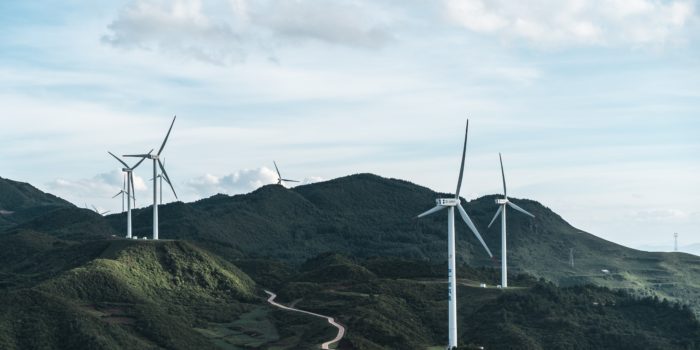While ‘COP26’ is on many countries’ and people’s minds, the ‘elephant in the room’ seems to be the possible non-participation (in person at least) of China in the forthcoming conference in Glasgow.

With Xi Jinping yet to commit to attending, or even sending a delegation, how significant is the possible non-attendance by China at COP26, the 26th UN Climate Change Conference of the Parties? Publicly, COP26 president Alok Sharma has acknowledged that China will have to be a “key” part of any agreement, and that the “ball is in their court” to make the talks a success.
Whether in person or remotely, China’s meaningful participation in such climate change talks does seem integral to the global success of any agreed initiatives. So, where does China stand on such global matters?
As recently as March 2021, China appeared to be setting out its own plans for energy and the climate, with its National Energy Administration delivering an upbeat assessment of the country’s progress in the use of renewable energy sources, accompanied by lower carbon emissions and a determination to pursue green development.
The official word is that China now leads the world in installed renewable energy capacity. According to Zhang Jianhua, head of the administration, the country’s installed renewable energy capacity totalled 930 million kilowatts by the end of 2020, accounting for 42.4% of the country’s total energy resources. Zhang added that China’s hydropower generation had ranked first, globally, for 16 consecutive years, while its installed capacity for wind and photovoltaic power generation had led the world for 11 years, including six consecutive years.
Interestingly, said Zhang, in 2020 China’s use of renewable energy was equivalent to that provided 680 million tonnes of standard coal. As a result, emissions of carbon dioxide fell by about 1.79 billion tonnes, sulfur dioxide by 864,000 tonnes, while nitrogen oxides were reduced by 798,000 tonnes.
Power generated by renewable energy sources hit 2.2 trillion kilowatt-hours in China last year, accounting for 29.5 percent of the country’s total electricity consumption, up 9.5 percentage points from 2012, he said.
“About 40% of China’s installed power is now from renewable sources, and about 30% of its electricity generation from such sources,” said Zhang. “China leads the world in total installed renewable energy capacity,” he added.
Carbon dioxide emissions to drop before 2030
Globally, current climate concerns are reaching a crescendo of anxiety, and Zhang pointed out that China’s goal is to have CO2 emissions falling before 2030. Then, the path forward would lead to carbon neutrality by 2060. With further development of non-fossil energy sources, by 2030, the proportion of non-fossil energy as a primary energy resource should be about 25%. At that point, the total installed capacity of wind power and solar energy should reach over 1.2 billion kilowatts.
The way energy is consumed will also be more efficient, backed up by stricter energy consumption standards. Leading sectors such as industry, construction, and transportation, would be encouraged to switch to and promote the use of non-fossil energy — and to also use it more effectively.
“The country aims to achieve a 13.5% reduction in energy consumption per unit of GDP and an 18% cut in carbon dioxide emission per unit of GDP,” said Zhang, adding that these two goals were embodied in the 14th Five-Year Plan (2021-2025).
An Inclusive Stance on Energy?
At the time of writing, the attendance at COP26 by Xi Jinping is hanging in the balance, although some commentators are reporting that Xi’s participation is still possible, while the UN is saying that that China still intends to participate, although in what form is currently unclear. Some frantic last-minute diplomacy is also in progress, with the UK, US and EU trying to bring key countries into a deal on greenhouse gas emissions. This includes planned talks with representatives of China, as well as other G20 big emitters who are yet to produce plans on emissions cuts before the summit, which opens in Glasgow on 30th Oct 2021.
Sources: China Daily, CGTN, and The Guardian.






